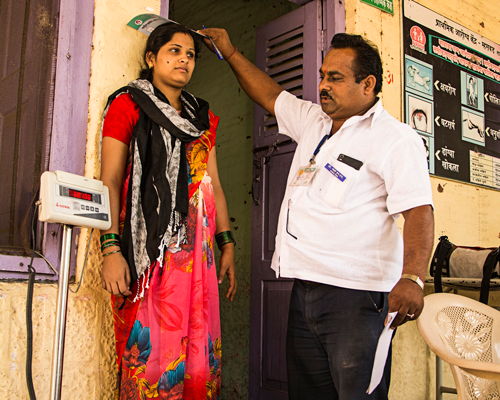 To guide the selection of messages and communication channels, summarize the identified behavioral determinants for each intended audience. Consider using the Matrix for Change Worksheet as you review the following elements.
To guide the selection of messages and communication channels, summarize the identified behavioral determinants for each intended audience. Consider using the Matrix for Change Worksheet as you review the following elements.
- Audience segment – Drawing from the results of your audience segmentation and audience profiles, list each primary and influencing audience that the program will engage.
- Desired change – For each intended audience, indicate the desired change as a result of the communication intervention and the stage of service delivery (before, during, or after) when the desired change should take place. If there are behaviors for multiple stages, indicate each as a separate behavior (for example, “take children under 5 for routine immunization” or “get tested for HIV with spouse”).
- Service delivery type – Indicate whether each desired behavior is a one-time, repeated but finite, or permanent change.
- Key barriers – Indicate which barriers you think are most important to address in order to achieve the desired change. Indicate which internal and/or external barriers the program will address.
Download the Matrix for Change Worksheet
For more information on behavioral theories and barrier analysis, see The Role of Behavioral Theory in SBCC.

